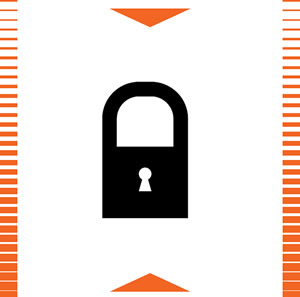Trend Toward Product Implementation
- By Rodney Chatman
- 01/01/17
 What are on everybody’s minds
in 2017 are events like what occurred
at Virginia Tech in 2007
and, more recently, at Ohio State. Our campus
communities are very concerned about
the ability to prevent those types of events,
train them on what to do should they occur
and what technology is available to assist us.
What are on everybody’s minds
in 2017 are events like what occurred
at Virginia Tech in 2007
and, more recently, at Ohio State. Our campus
communities are very concerned about
the ability to prevent those types of events,
train them on what to do should they occur
and what technology is available to assist us.
What I’m seeing as a trend is installation
of products and policies related to
integrated notification systems so that,
when an event occurs, we are able to
respond to it from all angles and notify
our communities as to what we need them
to do, such as evacuate or take shelter
in place. I’m also seeing a trend toward
installation of electronic access control
systems, which offer benefits that physical
keys cannot, such as reporting when and
by whom a door was accessed and offering
immediate ability to disable lost cards or
change a user’s access level.
The result of implementing these
products is that students can be about the
business of learning and not be worried
about the police department’s strength and
ability to respond to an event.
Implementing these products allows
administrators to proactively market to prospective
students and their parents with the
message, “We are as prepared as we can be,
and we are engaged in a living and breathing
method of keeping our campus safe in
terms of adding technology and methods as
it makes sense to our community.”
About the Author
Rodney Chatman is executive director of Public Safety and chief of Police at University of Dayton, OH.